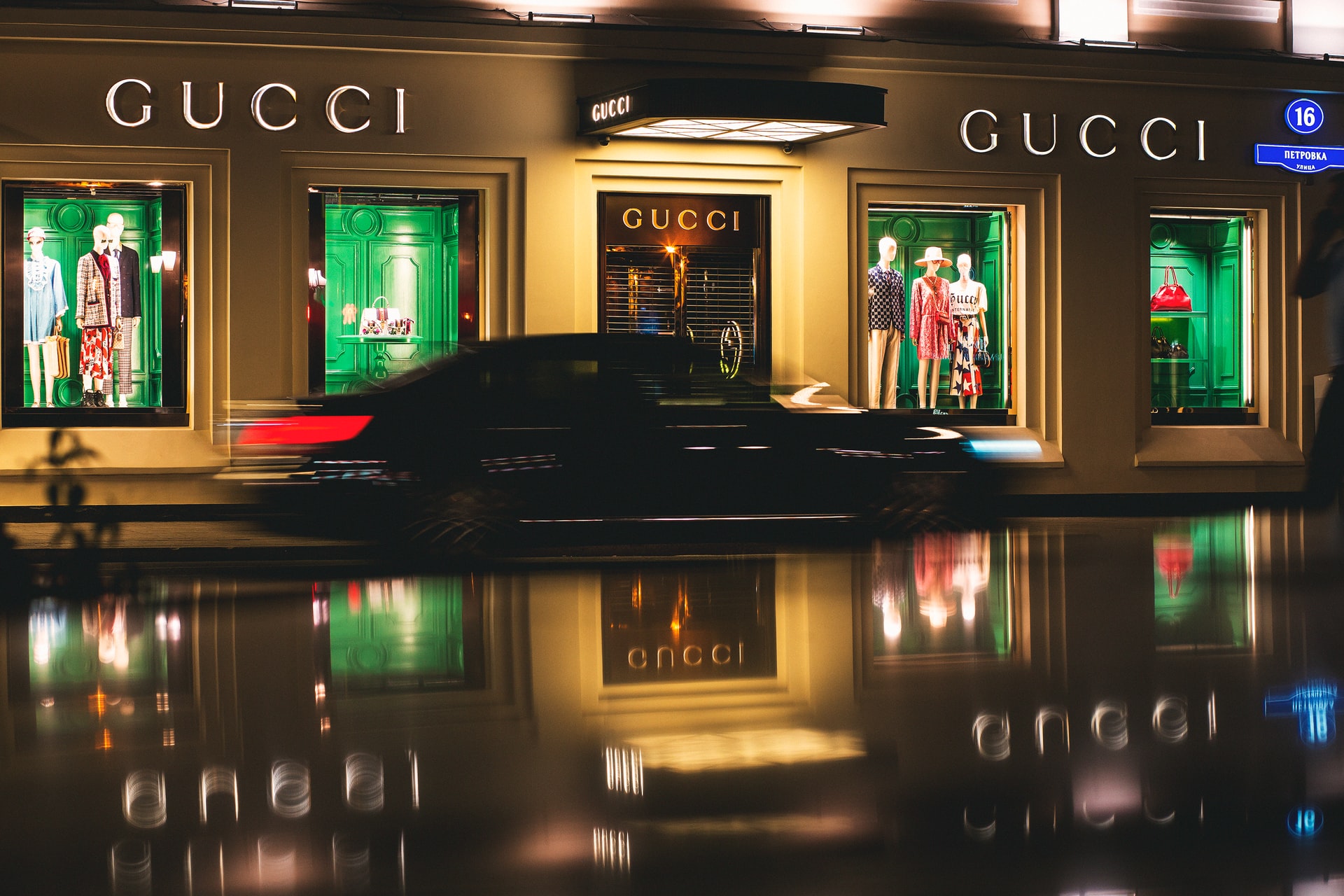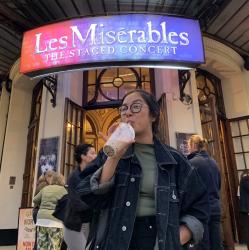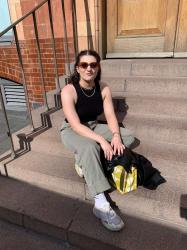
Life&Style’s Jenny Cooper and Julia Lee discuss whether this year’s MET Gala’s diversified guest list has helped democratise the institution that has long been placed on a pedestal
This year’s MET Gala was the first since COVID-19 restrictions have eased, and it may be a consequence of this that the pool of invitees was broadened from the political and social elite to include influencers. The theme was ‘In America: A Lexicon of Fashion’, allowing attendees to showcase American designers from Oscar De La Renta to Aurora James. Yet, it is worth asking whether including seven influencers (Addison Rae, Emma Chamberlain, Eugene Lee Yang, Nikkie de Jager, Jackie Aina, Dixie D’Amelio, and Madison Beer) in the line-up has helped to democratise high fashion.
Some may believe that the introduction of influencers to the MET Gala has helped to break down the barriers as it relates to the ‘common folk.’ Influencers are easier for us to associate ourselves with, they seem more like ‘people’ than their celebrity counterparts. We as subscribers watch their lives evolve in real-time, gaining a deeper connection to them. This unique connection to their audience serves to demystify the Gala, as many of the influencer attendees have done in-depth reviews of the event, speaking at great lengths about their experiences of the evening. These reviews have been readily consumed by audiences as a peek into what used to be reserved for the social elite.
Influencers are easier for us to associate ourselves with, they seem more like ‘people’ than their celebrity counterparts
However, the idea that the public has gained more insight into the MET Gala is an illusion– influencers attending the event do not actually do anything to break down class barriers to high fashion. Influencers like Emma Chamberlain are now as much a part of the elite as Gigi Hadid. Illustrated by the fact that Emma has a sustained relationship with Louis Vuitton, having become one of the poster children of the brand. Thus, inviting such influencers to the event does nothing to lower the MET to a more ‘common’ level, but rather pulls them up to the elite.
This is evidenced by the fact that the MET is an extremely expensive event. Tickets are still $35,000 for those not on the exclusive guest list, and although the theme was ‘American Fashion’ the clothes worn are still far out of the average American budget. The steep prices of the clothes were matched by the fact that none of the influencers promoted small American designers. Rather they opted to sport Valentino, Louis Vuitton, and Tom Ford. To me, this showcases both a lack of understanding of their privilege and a lack of desire to help young up-and-coming artists break into the fashion arena. I believe that Lewis Hamilton did more to break down the barriers of high fashion, as he brought a whole table at the MET Gala and invited young black American fashion designers to join him so that they could showcase their craft.
Influencers at the MET will not change the structure of fashion which has existed for hundreds of years
Furthermore, influencers at the MET will not change the structure of fashion which has existed for hundreds of years. It will always be the case that we will have the cerulean blue trickle-down structure that is so well-remembered from ‘The Devil Wears Prada.’ ‘Knock-offs’ will always be popular. Whatever we see on haute couture runways will eventually be copied by Pretty Little Thing and Shein, allowing consumers to get cheaper options of the same style of clothing. The presence of influencers at the MET will do nothing to make the original items more accessible to the public– but will, at most, create a drive for fast-fashion companies to produce similar garments.
So, the introduction of influencers to the MET Gala has not helped with breaking down class barriers and increasing inclusivity. Instead, when trying to make fashion more accessible to the masses, we should focus on increasing awareness of the art form of fashion. Be that through encouraging debate over outfits worn over Twitter, or through fashion commentary channels like ‘HauteLeMode’ and ‘Mina Le.’
Jenny Cooper
While influencers are no doubt part of the rung of society with the most wealth and social capital, I would argue that the mere fact of letting them into the institution that is haute couture is revolutionary. Not only were political statements made on this historically elitist platform, this year’s MET Gala was also the youngest and most diverse yet.
It is obvious that appointing Timothée Chalamet, Billie Eilish, Amanda Gorman, and Naomi Osaka as the hosts of the 2021 Gala was a move to attract the youths to high fashion, if not a move to increase accessibility to the industry. Inviting those of the still non-traditional type of fame as new as TikTok is proof enough of this.
However, this may well be a last-ditch decision on the part of the Gala organisers. YouTuber and activist Eugene Lee Yang depicted his journey to the Gala in a mini-documentary titled ‘My First MET Gala (And How I Almost Didn’t Make It),’ revealing that he was only invited a week before it was due to take place. He had significant difficulty securing a designer willing to dress him in the vision that he wanted, so was instead forced to don the dreaded black suit for the event. Although he managed to rock the red carpet all the same with a gravity-defying quiff, vibrant red makeup and matching stiletto boots, the underlying message seems to be that the MET Gala and the world of high fashion did not value influencers despite inviting them to mingle in their midst.
[The] world of high fashion does not value influencers despite inviting them to mingle in their midst
Perhaps due to their fame being a direct consequence of their hard work, some influencers turned up in some of the best looks of the night. Beauty Guru Nikkie de Jager donned a gorgeous turquoise dress complete with flowers and a banner that read ‘Pay It No Mind’. Nikkie, who came out recently, paid tribute to one of the earliest American transgender activists Marsha ‘Pay It No Mind’ Johnson. She succeeded where many other ‘elite’ Gala attendees failed– while opting for a Dutch designer, she referenced an American icon and shone a light on issues that affect the country to this current day.
However, sometimes the dress cannot speak for itself. While not an ‘influencer’ in the sense of social media-centric fame, congressperson Alexandria Ocasio-Cortez caused her fair share of media frenzy when she wore a white dress with red letters reading ‘Tax The Rich.’ While accusations of her hypocrisy are unfounded– she did not shell out the 5-figure attendance fee and the statement was in line with her stance and acts as a politician, it was nonetheless disappointing that she made such little attempt to draw attention to the dissonance only afforded to those privileged enough to frequent such institutions. Expectations on her as an elected politician to bring more than just a slogan transposed onto a dress is extremely high. Without verbally bringing awareness to the Gala’s role as a flagrant display of wealth, when the message had been filtered through the Gala’s approval– it is no longer threatening, instead losing all impact and coming off as incredibly tone-deaf. The Gala drew Black Lives Matter protests to the MET’s doors, and in demonstrating against abusive policing were themselves arrested while much of the Gala’s invitees partied, oblivious. It goes beyond inaccessibility then– the MET Gala permits, even encourages ignorance. While cultural and artistic institutions are no doubt intrinsic to society, when basic needs are ignored in favour of them, it amounts to gross injustice.
The MET Gala permits, even encourages ignorance
While high fashion may forever remain inaccessible to us common folk, there are things we could stand to be mindful of in our wardrobes. The definition of couture demands it be hand-crafted to the specification of the wearer. Value is placed on the labour of the garments’ designers and makers, which could in some way be seen in opposition to the endless cycle of fast fashion. The rise in awareness of sustainable living and renewed interest in hand-making clothes is a positive sign for one day starting our own form of ‘couture’ from the ground up.
Julia Lee
Read more from Life&Style:
A Love Letter to the MET Gala– Past, Present and Predictions


Comments